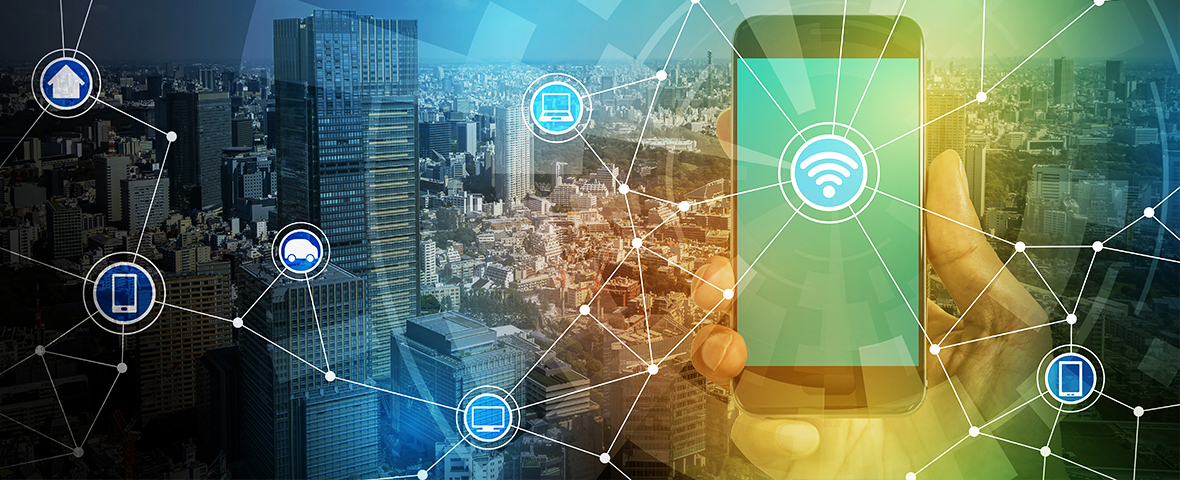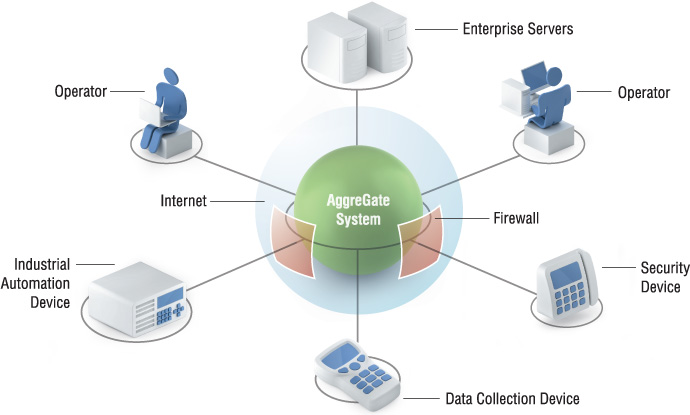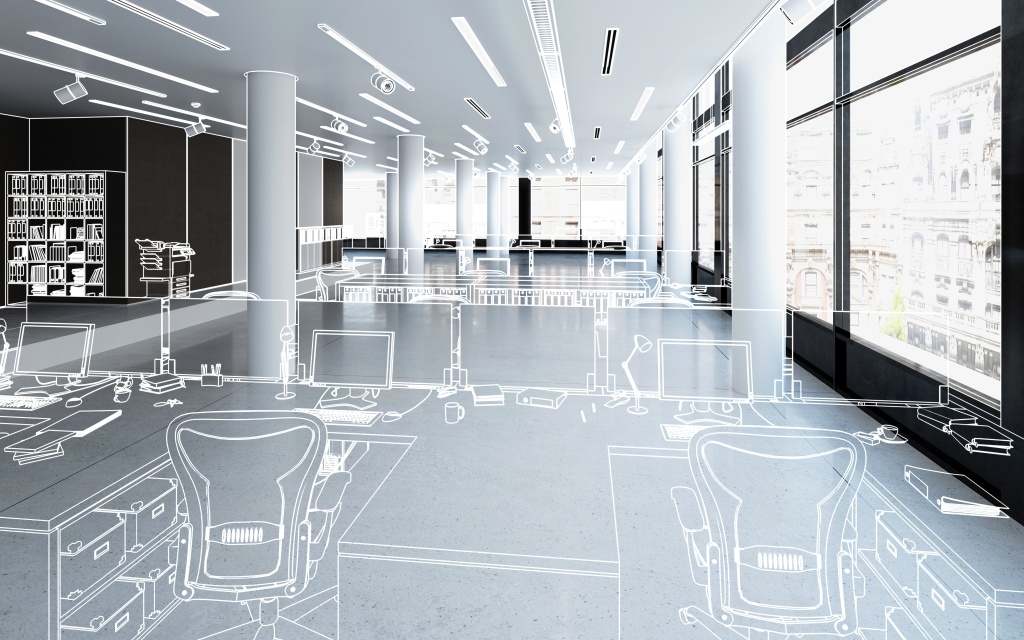Building management systems form the backbone of buildings. These systems enable the residents to observe and manage the day-to-day operations and functioning of the building. A computer-based control and management system automatically arranges a building’s operational components. This helped facilitate the work of building managers, assisting them to try and do their jobs better. But these traditional building management systems had their own set of challenges which ultimately raised the necessity for IoT for building management.
Building Management Systems (IoT)
Building Management Systems (IoT)

IoT is often leveraged for each aspect of building management. The most important advantage of using IoT for building management systems is their low costs. IoT devices prove cost-efficient not only during the deployment stage but even have a low maintenance cost.
Intelligent Building Management System that’s reliable, cost-effective, energyefficient, IT friendly, and has an easy-to-use interface. This advanced system incorporates state-of-the-art communications and open-platform integration technologies in a scalable and modular way.
Remote supervision

IoT brings automation to traditional building management systems. It gives the user complete control over a building’s lighting, space, security, and other assets. The real-time data generated with IoT devices help bring actionable intelligence within the place of a ‘dumb’ building management system.
With the assistance of IoT devices like motion detectors, including imaging sensors, users can remotely monitor every activity within their premises. These systems can automatically take the specified actions while simultaneously informing the owner of any unforeseen activities. Proximity readers are often used to identify individuals accessing various areas of the building
Similarly, face recognition, behavior recognition, and video analytics are often used to identify people entering or leaving the premises. The smart IoT system can even detect suspicious activities or intruders and help to detect illegal activities. Emergency alarms, too, can go off automatically to alarm people. The system can even be designed to automatically alert local authorities. Thus, the utilization of IoT for building management systems improves the safety of the building and helps in better remote supervision and management.
IoT-based building management systems prove highly beneficial in remote supervision of economic buildings. Commercial buildings are usually bigger in size with many people entering and exiting the building during a single day. The building also includes a large number of areas like commercial spaces, cafeterias, washrooms, etc. Smart building management systems make monitoring and supervising such buildings a comparatively easy task.
Space optimization
A lot of space usually goes unoptimized whether it is commercial buildings or residential apartments. Space should be utilized efficiently as area optimization can help reduce the value of the building and supply greater satisfaction to the occupants. Using IoT for building management systems empowers owners and facility managers to watch every nook and corner of the building, and help optimize space.
The IoT devices can create and analyze data in real-time to make heat maps of various areas of the workspace. This will help managers make business-driven decisions regarding office layout and amenities. Spaces with high influx are often redesigned to accommodate the workers, whereas, the underutilized spaces are often trimmed down or repurposed. For instance, if the board room usually sees three to four employees, but is meant to accommodate ten people, space is often redesigned and therefore the surplus space is often utilized for other operations.

IoT-based building management systems can help with efficient management of the free spaces too. They will help in adopting better maintenance procedures. These smart-systems can inform the manager which areas are getting used, how often they’re used, and the way they are used. This will help managers change the building maintenance procedures from reactive to predictive maintenance. The utilization of sensors can help understand the areas that are frequently employed by the residents. They will then plan maintenance activities accordingly.
For instance, sensors can alert managers of the presence of individuals in a particular area. The front-line employees employed for activities like cleaning can plan their schedules consistent with real-time needs rather than following a preplanned schedule.
Asset management
Asset management, traditionally, maybe a tedious task. The task increases in complexity, if the assets got to be managed for industrial workplaces like workshops, manufacturing units, etc. Facility managers got to continuously track and locate various assets, the work being done by each asset, and whether the asset is being over or under-utilized.
Managers are, however, restrained by the shortage of visibility of assets with manual methods. The method is inefficient, and sometimes returns incomplete or obsolete information about the assets. With an IoT-enabled building management system, the method of asset management is simplified

A sensible building management system can help with asset management within the following ways:
- Asset tracking:
With the assistance of IoT sensors, managers can track the situation of the asset in real-time.
- Asset condition monitoring:
The sensors attached to the asset can give real-time data about the condition of the system. This significantly helps with the maintenance of the asset. As the data is out there in real-time, the mixture of AI software and IoT systems can predict the instances of failures and warn employees. Thus, the method of reactive maintenance is often transformed into predictive maintenance. The life-cycle of the asset is often increased by monitoring assets with an IoT building management system. For instance, a packaging and production unit can leverage IoT sensors to trace whether the machines are working as per their capacity or face any issues. Maintenance procedures can then be administered beforehand if a particular component of the asset is facing issues.

